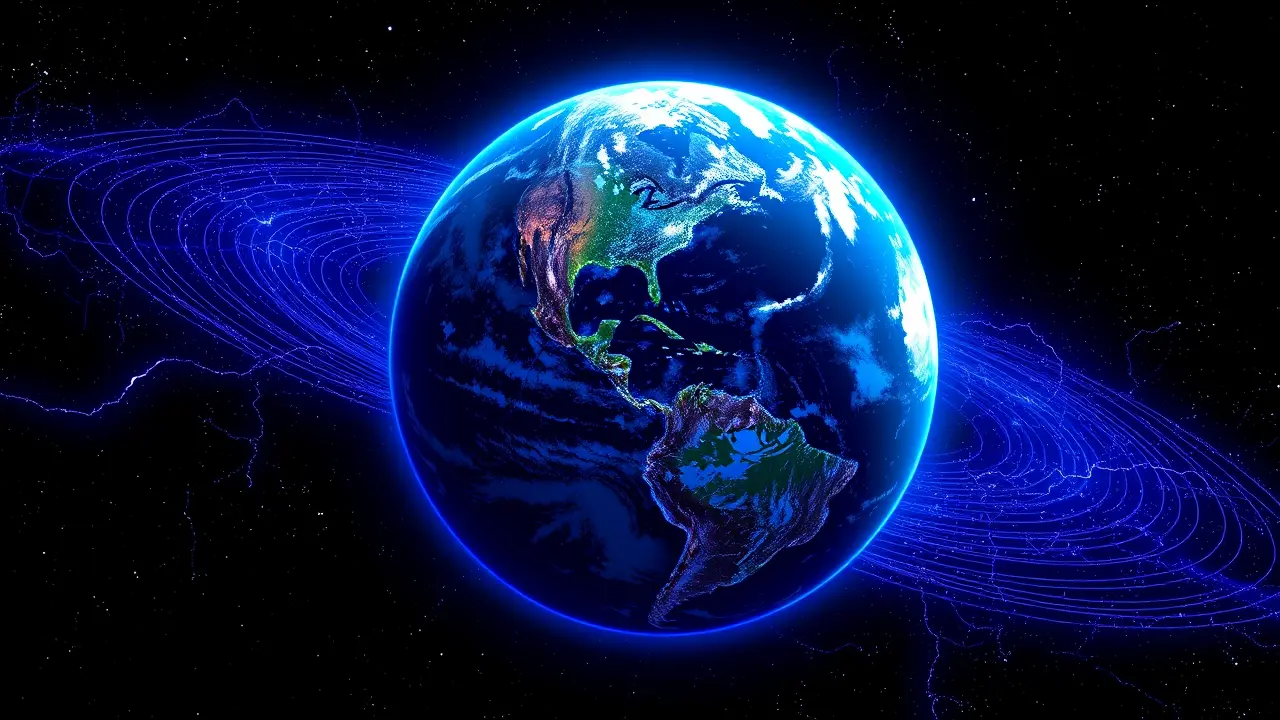
Scienceclimate scienceClimate Change
MIT Museum's Exhibition Explores Climate Future.
RA
Rachel Adams
11 hours ago7 min read6 comments
The MIT Museum’s latest exhibition, 'Remembering The Future,' stands as a profound and unsettling immersion into the climate realities we are only beginning to comprehend, an installation by Janet Echelman in collaboration with Caitlin Mueller that transcends traditional art to become a visceral environmental statement. As a biologist who has spent years tracking the cascading failures within our global ecosystems—from the bleaching of the Great Barrier Reef to the silent, acidifying oceans—I find this work resonates not as a distant forecast but as an elegy for a present already slipping through our fingers.Echelman’s signature aerial netting, often described as ethereal and dreamlike, here takes on a more urgent, almost haunting quality; these vast, suspended forms, engineered with Mueller’s computational precision to respond to real-time atmospheric data, seem to breathe with the planet’s own labored rhythm, their gentle undulations belying the violent climatic shifts they represent. This is not an abstract exercise in futurism; it is a mirror held up to the carbon-saturated atmosphere, a tangible representation of the feedback loops and tipping points that scientists have been desperately warning us about for decades.The installation forces viewers to confront the uncomfortable intersection of human ingenuity and its unintended consequences, a theme familiar to anyone who has studied the history of industrial advancement alongside the parallel, and often ignored, history of ecological degradation. We are reminded of the sobering data from the IPCC’s latest assessment, which paints a stark picture of a world hurtling towards 1.5 degrees of warming, a threshold beyond which the fate of low-lying nations, global food security, and millions of species becomes perilously uncertain. The work’s title itself, 'Remembering The Future,' suggests a collective, almost ancestral responsibility—a need to learn from past environmental oversights, from the smog-choked cities of the Industrial Revolution to the silent springs heralded by Rachel Carson, and to carry that wisdom forward.Expert commentary from leading climatologists, when woven into the experience, underscores that the scenarios depicted are not fantastical possibilities but are based on rigorously modeled outcomes, a symphony of data made visible and tactile. The potential consequences of inaction are woven into the very fabric of the display, inviting us to consider not just the melting ice of the Arctic, a crisis for nations like Norway and Russia, or the rising sea levels that threaten the very existence of archipelagos like the Maldives and Kiribati, but also the profound social and economic disruptions that will ripple across continents, from the agricultural heartlands of the United States to the megacities of India and China. This exhibition is, ultimately, a call to arms, a beautifully rendered, data-driven plea that challenges the paralysis of climate grief and replaces it with a clear-eyed, urgent understanding of the future we are actively, and must choose to, remember into being.
#featured
#MIT Museum
#Janet Echelman
#climate change
#immersive installation
#art and science
#future outcomes
Stay Informed. Act Smarter.
Get weekly highlights, major headlines, and expert insights — then put your knowledge to work in our live prediction markets.
Related News
© 2025 Outpoll Service LTD. All rights reserved.












